Originally published on Jan 30, 2024
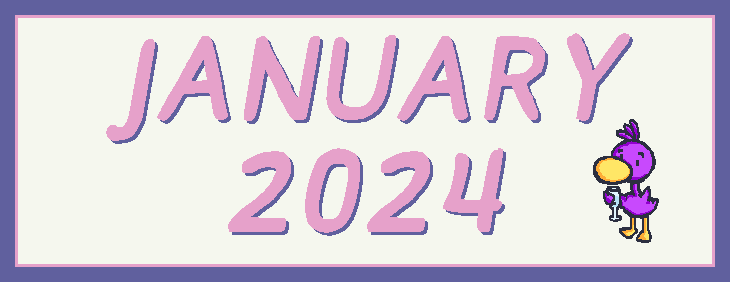
Happy new year!
This month's newsletter will focus on friction and difficulty as it relates to game development. Last month I discussed my approach to capturing the desired visual aesthetic of the Game Boy, but here I'll be delving into some of the work that happens outside of pixel art or coding.
This month's newsletter will focus on friction and difficulty as it relates to game development. Last month I discussed my approach to capturing the desired visual aesthetic of the Game Boy, but here I'll be delving into some of the work that happens outside of pixel art or coding.

When I first conceived Sad Land, the idea was always to borrow mechanics from the Legend of Zelda series but subtract those that did not fit the tone. The first mechanic I pruned was combat, as killing creatures ran counter to the game’s themes. The next mechanic on the chopping block was lives and a health system since I didn’t want to use death as a mechanic. I had planned a HUD (head’s up display) on the screen to convey certain information as is common in Zelda games but without health, the only thing that would have been left to convey on the screen was the player’s money and their selected item. Removing the HUD looked like the most elegant way to move forward. Collecting money to buy things suddenly seemed unnecessary in a game without combat or health and with a fairly limited number of usable objects planned. The answer to the question ‘Do I need a HUD at all?’ became increasingly more obvious. Treating the inventory less as a collection of objects to be equipped and more like Pokémon’s HMs or Metroidvania-style upgrades made the most sense. It felt good to move forward without having to worry about icons cluttering the player's view or programming any of that into the game on the back end.
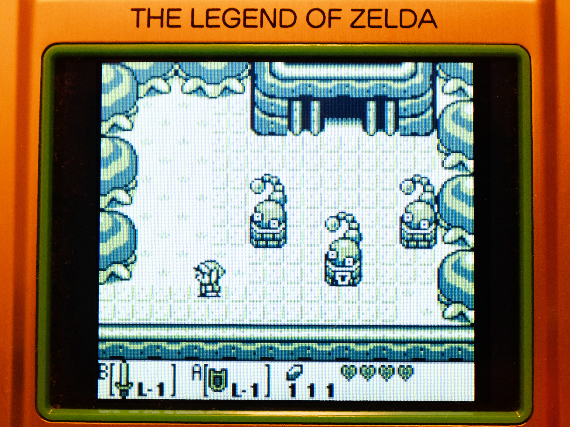
The Legend of Zelda: Link's Awakening for the Game Boy has a HUD located at the bottom of the screen to communicate important information to the player.
The prospect of the game’s simplicity was exciting, and design inspiration expanded from Zelda to more pared-down game experiences I’ve enjoyed in the past. The game that made me think Sad Land could work was a browser game I played back in the year 2000 called The Cartoon Cartoon Summer Resort.

In the game, you played as Uncle Gus (a character I’d assumed was created for the game but was the star of his own TV pilot that was never spun off into a series), a red-nosed, Homer Simpson-esque man who walked around a resort, talking to popular Cartoon Network characters and helping them find objects or completing tasks. If I recall, the game only had two actions: talking and finding. I found the gameplay loop reminiscent of Link's Awakening's item swapping side-quest even when I first played it in middle school. Despite its bare-boned simplicity, the characters were fun, the atmosphere was relaxing, and the fetch quests offered just enough friction to give the game momentum and mystique. It also felt more like a “real game” than other browser games I’d played, which were closer to arcade games or present-day mobile games. Likewise, the games in the Myst series have captivated me for decades with their simple inventory systems and lack of health/battle mechanics. In both cases, the games’ friction comes from intrinsic motivations instead of extrinsic motivations. Games in the Zelda series do have intrinsic motivators (curiosity, exploration, a sense of purpose), but Sad Land had little use for many of Zelda’s extrinsic motivators (money, health upgrades, weaponry).
Fast forward a few years and I’m at the tail-end of 2023 finishing up a comic book about indie game development and preparing to switch gears back to work on the Sad Land demo. But instead of being excited to get back to the project, I felt friction and hesitancy. The items on my to-do list felt more like homework assignments than a call to action. The friction, I discovered upon replaying the demo with fresh eyes, came from the feeling that it was decent but not “great” in the way I knew it could be. There were some problems I found with the narrative when I was alpha testing the demo back in July that sat with the project like untended wounds.
Fast forward a few years and I’m at the tail-end of 2023 finishing up a comic book about indie game development and preparing to switch gears back to work on the Sad Land demo. But instead of being excited to get back to the project, I felt friction and hesitancy. The items on my to-do list felt more like homework assignments than a call to action. The friction, I discovered upon replaying the demo with fresh eyes, came from the feeling that it was decent but not “great” in the way I knew it could be. There were some problems I found with the narrative when I was alpha testing the demo back in July that sat with the project like untended wounds.
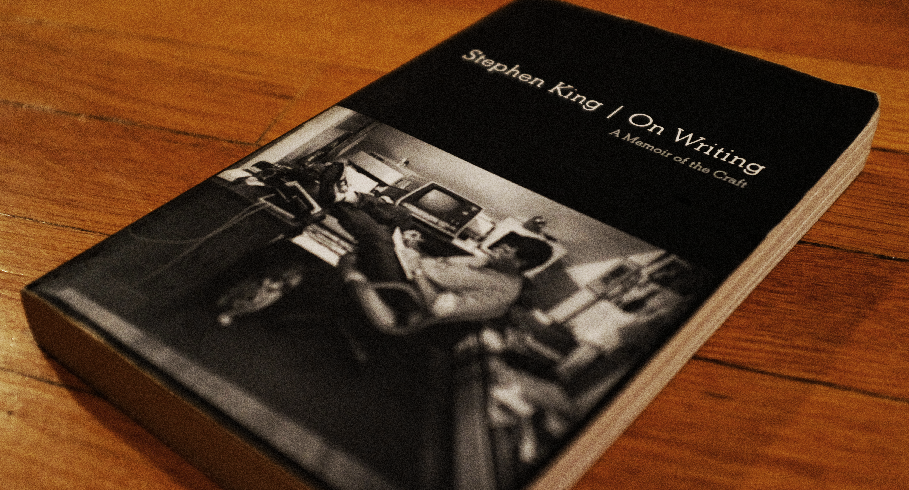
In Stephen King’s On Writing, he talks about the benefits of putting down a manuscript before revisiting it for edits. King writes:
You’ll find reading your book over after a six-week layoff to be a strange, often exhilarating experience. It’s yours, you’ll recognize it as yours, even be able to remember what tune was on the stereo when you wrote certain lines, and yet it will also be like reading the work of someone else, a soul-twin, perhaps. This is the way it should be, the reason you waited. It’s always easier to kill someone else’s darlings than it is to kill your own.
Taking time away from the project and revisiting after months eventually triggered the solution, although not right away. It came to me some time later while doing the dishes or possibly while I was in the shower. Problems will be spinning in my head for a while like many attempts at a cartwheel until suddenly my mind lands a solution.
The friction found in game development isn’t dissimilar from games themselves with all their intrinsic motivators. Sad Land, as a solo-developed project, sometimes feels like an infinitely complex game I’m playing within GameMaker, offering puzzles with a range of solutions.
The friction found in game development isn’t dissimilar from games themselves with all their intrinsic motivators. Sad Land, as a solo-developed project, sometimes feels like an infinitely complex game I’m playing within GameMaker, offering puzzles with a range of solutions.
Up until just a few years ago, I only really thought of friction in terms of physicality. Like how too much friction can be a bad thing (clothes chafing), while lack of friction can be deadly (slipping on ice). There is an episode of The Magic School Bus I watched as a kid that depicts what it would be like to experience a game of baseball without friction on the field. Without the friction of their shoes against rough ground, they end up sliding around the field or being unable to stop once they start moving. Every action is a calculated risk. Snippets from this cartoon would play in my head whenever I’d encounter the word “friction.”
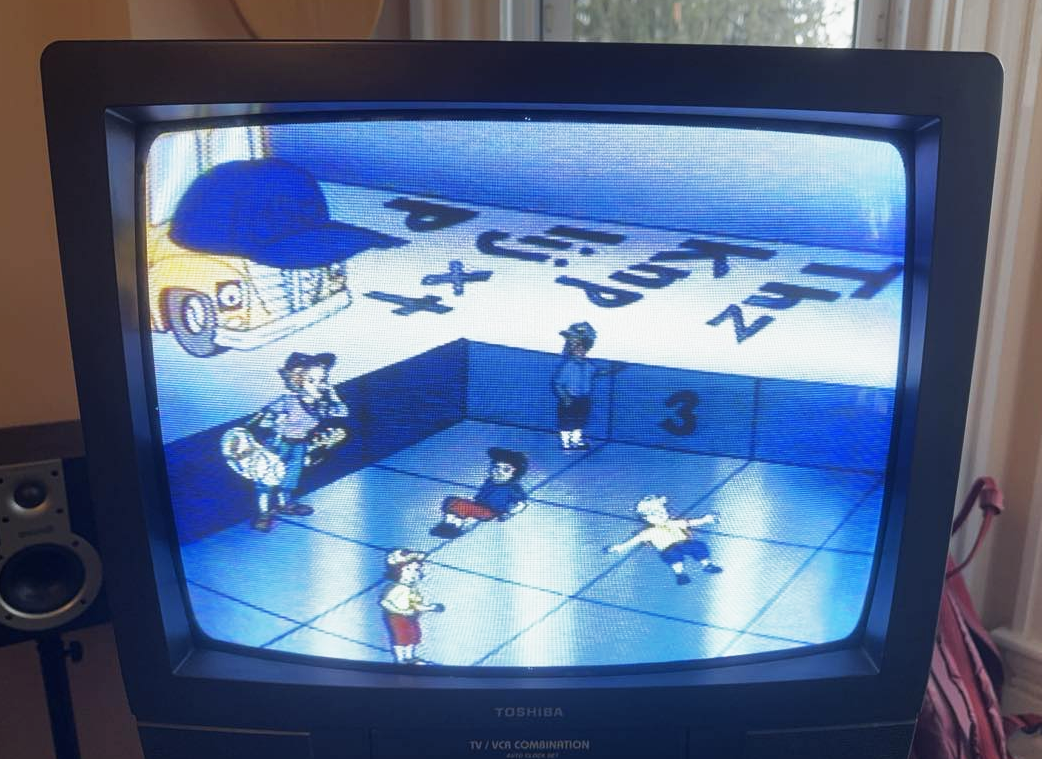
Through researching game development, I’ve seen this word referenced a lot. In the same way you don’t think about the term ‘soggy bottom’ until you start watching The Great British Baking Show. The most recent time I came across the word was in a talk Video Essayist Jacob Geller gave at the Durham Public Library (currently only available through a Nebula subscription) that was, in part, about how we can read a game to interpret the developer’s intentions. “Friction,” Geller states, “is this idea of butting up against a game’s design.” The context in which he explores this idea is by way of Elden Ring’s extreme difficulty. He posits that the game’s combat difficulty guides the player experience toward exploration. As the player reaches combat scenarios that are seemingly unbeatable, it naturally drives them to leave that area to either find something else to do or seek a way to upgrade their character. Geller continues:
If we assume that the boss is not that hard by accident, that the friction is intentional, then we can think about why the game was designed that way. You know, there are a lot of ways the game could have got you exploring. They could have put a flashing sign on your UI that said ‘Hey! Go anywhere now!’ They could have given your protagonist a voice and had them say something like, ‘I wonder what’s on the other side of the map?’ Elden Ring is a much more subtly directed game, so instead they put this incredibly hard boss in the main path so I feel like I made the decision to start exploring even though it’s probably what the designers wanted the whole time.
If done thoughtfully, friction (i.e., difficulty, tension, barriers) can naturally guide the player’s experience whether they realize it or not.
The Flexibility of Friction in Video Games
Mark Brown of Game Maker’s Toolkit released a video back in 2018 called How Games Use Feedback Loops, which, among other things, delves into how some game developers build their systems to alter the difficulty of their game without communicating that to the player. The game Resident Evil 4, for example, is designed to get slightly harder if you are doing very well and easier if you are doing poorly. In the Super Mario Kart series, the cluster of AI you race against slows down if you are lagging behind and speeds up if you are far in the lead. As Mark puts it in his video, “winners are punished, and losers are rewarded.” In both cases, this type of dynamic difficulty is known as rubber banding, named after the rubber loop that will gain tension when you attempt to stretch it apart.
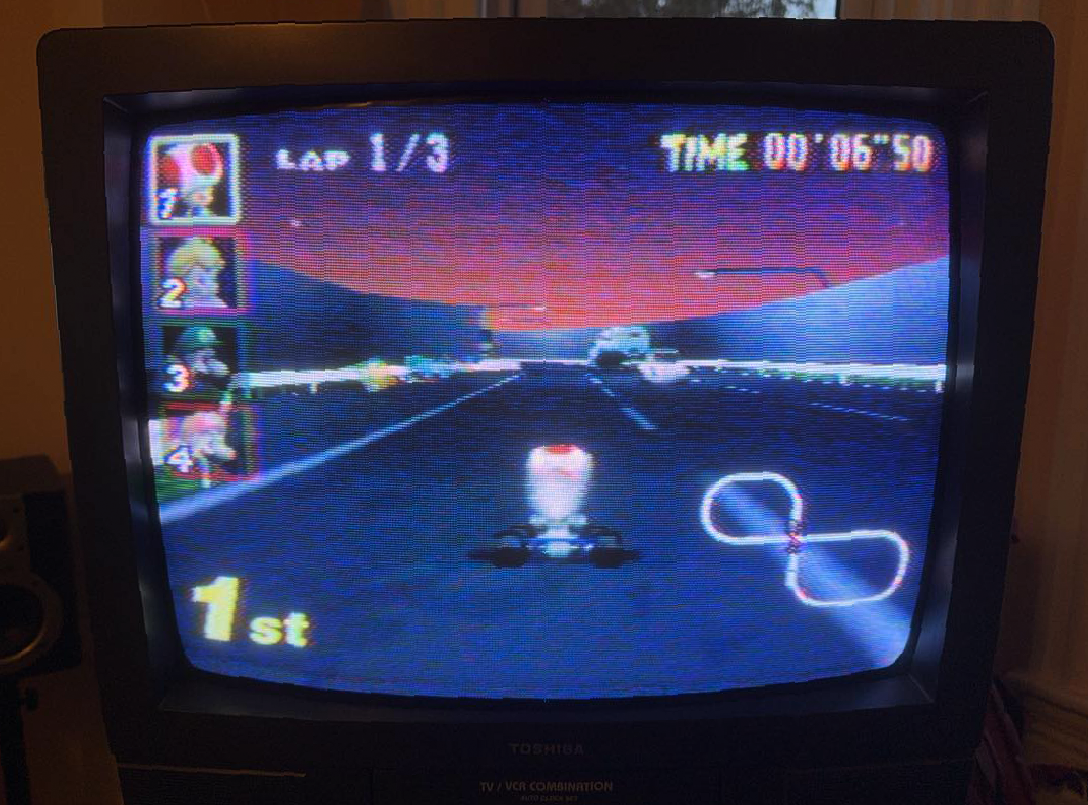
In addition to rubber banding, the Super Mario Kart series also provides players with different power-ups depending on your placement in the race. If you are in first place, you’ll only have access to a handful of power-ups, a way to limit your ability to get that much farther ahead of your competition. If you are in last place, you’ll have access to an entire gauntlet of power-ups that can either disrupt other racers or temporarily speed up your automobile. This keeps the game competitive for a broad range of players and allows the game to remain accessible for beginners. I appreciate any game that remains fun even when you’re losing.
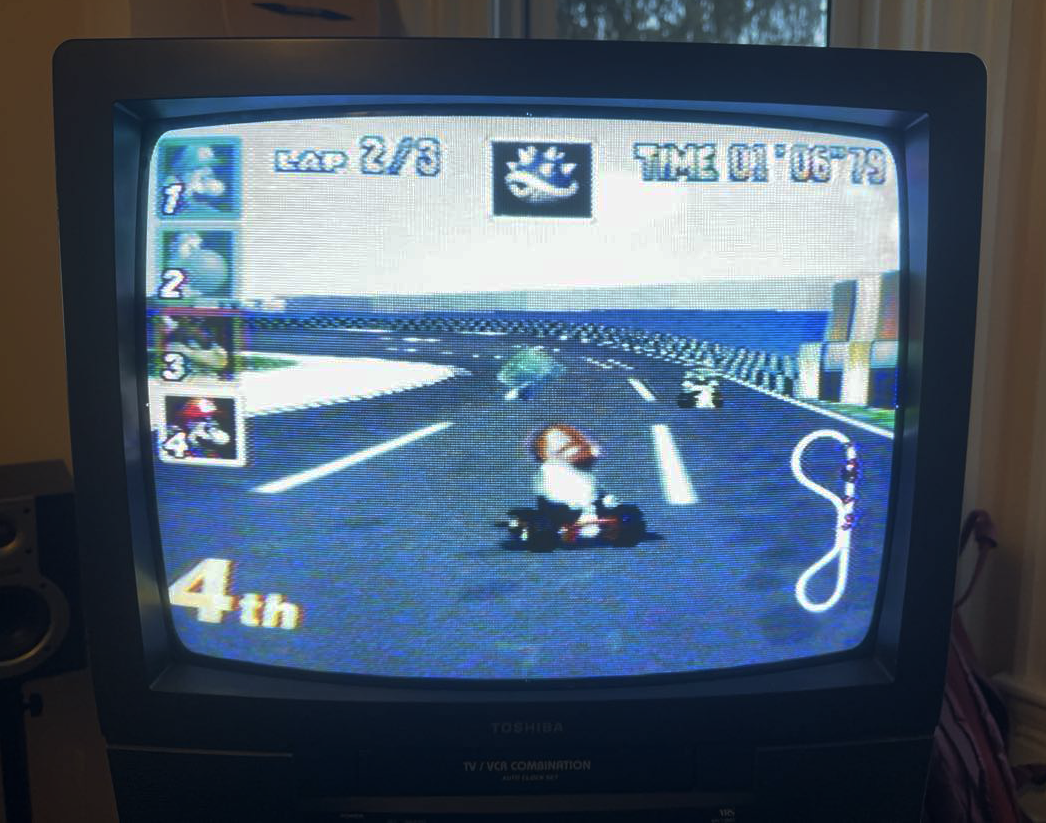
Author and Youtuber John Green released an episode of his podcast The Anthropocene Reviewed (which was later adapted into a #1 New York Times Bestseller) reviewing these Super Mario Kart mechanics and how they contrast with our lives outside of video games. “In my experience, real life is the precise opposite of Mario Kart,” Green writes. “In real life, when you’re ahead, you’re given lots of power-ups to get further ahead… In life, there is so much luck—luck when it comes to health and opportunities and relationships and everything else, and the only consistent power-ups disproportionately fall to the already powerful.” When considering all aspects of game design, I think about how much care, power, and influence the developer has on the player: the power over difficulty or the placement of each art asset. While, in turn, the player too has the power to reject this handcrafted world, move to a more preferred one, or stop playing games all together.
The word “friction” used to mean one thing for me and now it signifies almost everything. A friendship without friction can be a connection between two people that is so very easy or maybe one that hasn’t been challenged. A project without friction is one that I passionately flee to on Saturday mornings, walking to my local coffee shop with my laptop in hand and an ambient playlist open. Romantic comedies present both a story with friction and the promise of characters overcoming that friction. It’s built into the norms of the genre in the same way nearly all video games present challenges that the player knows are all possible to beat. Satisfaction comes with the right level of friction, the balance between progress and how many times you can hit a brick wall before challenges cease to be fun or worthwhile.
The word “friction” used to mean one thing for me and now it signifies almost everything. A friendship without friction can be a connection between two people that is so very easy or maybe one that hasn’t been challenged. A project without friction is one that I passionately flee to on Saturday mornings, walking to my local coffee shop with my laptop in hand and an ambient playlist open. Romantic comedies present both a story with friction and the promise of characters overcoming that friction. It’s built into the norms of the genre in the same way nearly all video games present challenges that the player knows are all possible to beat. Satisfaction comes with the right level of friction, the balance between progress and how many times you can hit a brick wall before challenges cease to be fun or worthwhile.
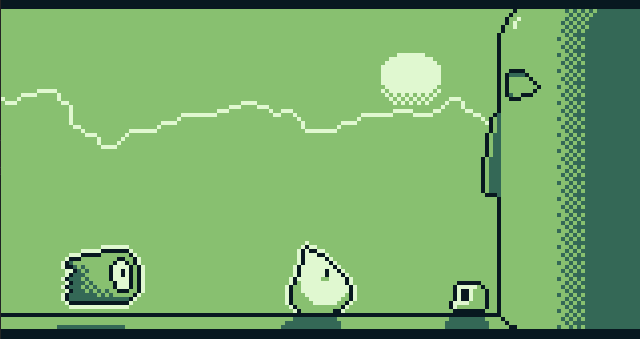
I’m still exploring different ways to add friction to the design of Sad Land with the intention of keeping the gameplay interesting yet breezy. At this point the completed demo is clearly in view and with my recent planned additions, I’m finally comfortable with the slice as its own artistic statement that I’m hoping will get people excited for the finished project.
In next month’s newsletter, I plan to explore friction in game design but with a clear focus on movement.
Sincerely,
Neil
In next month’s newsletter, I plan to explore friction in game design but with a clear focus on movement.
Sincerely,
Neil